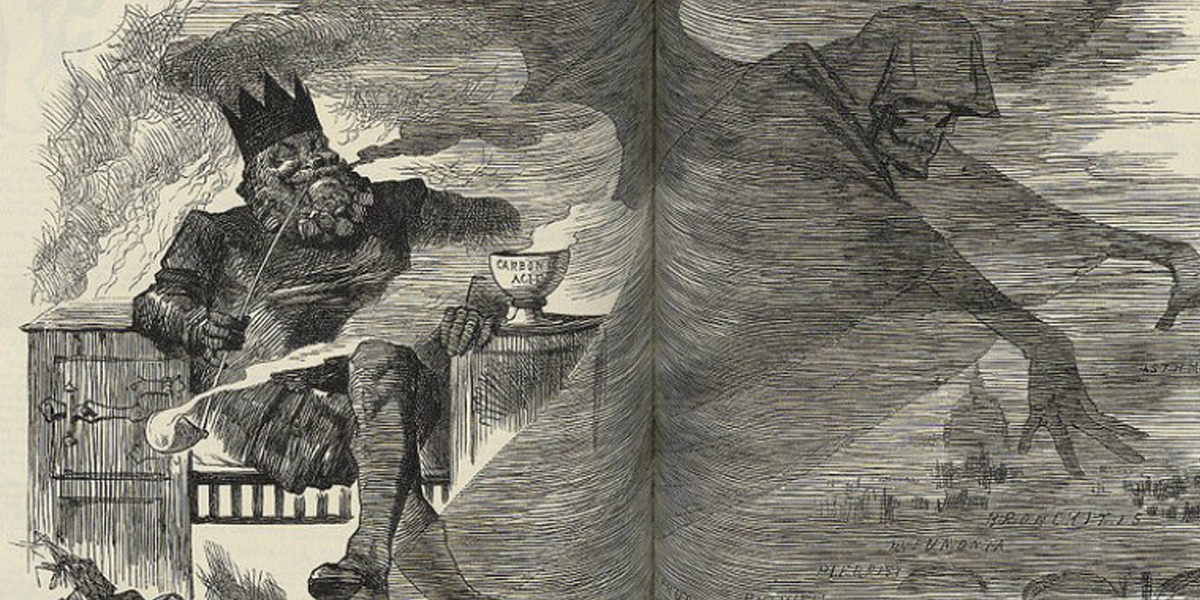William Delisle Hay's The Doom of the Great City (1880) is relatively unknown today, even among scholars who specialize in Victorian literature. There is little scholarship on the novella, and it’s not commonly taught in high school or college classrooms. Our hope is that this critical edition will change that. Doom's engagement with nineteenth-century science, environmental concerns, and the post-apocalyptic genre lend it much relevancy in the twenty-first century. It is also a unique story in the history of post-apocalyptic literature and Last Man narratives, both fashionable nineteenth-century genres that have sustained their popularity into the twenty-first century. While novels like Mary Shelley’s The Last Man (1826) and Richard Jeffries’s After London (1885) have received much more attention than Doom over the past twenty years in scholarship and pedagogy, they are both fairly lengthy novels. In contrast, Doom is a short novella dealing with many of the same themes, but it can easily be taught in an introductory English class, or paired with other Last Man and post-apocalyptic writings in a more advanced course.
The Doom of the Great City
Type: Editions Resource | Peer-Reviewed

